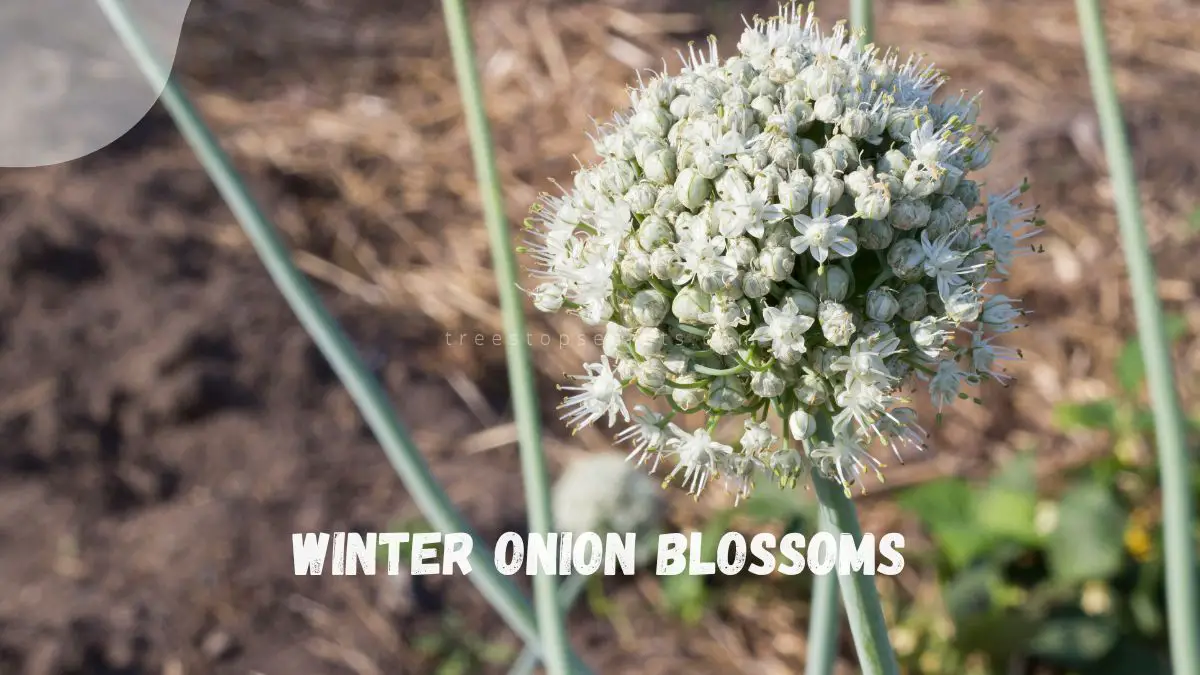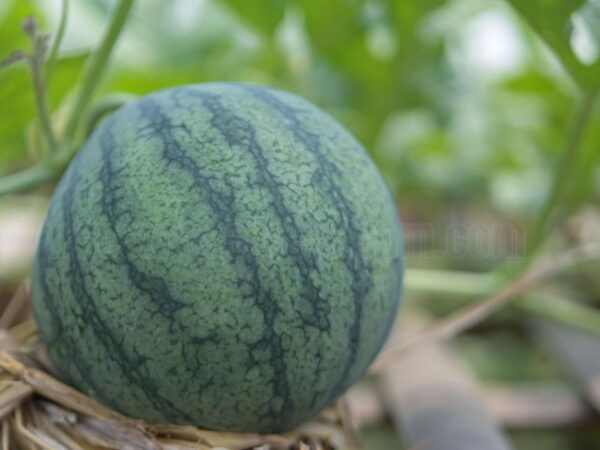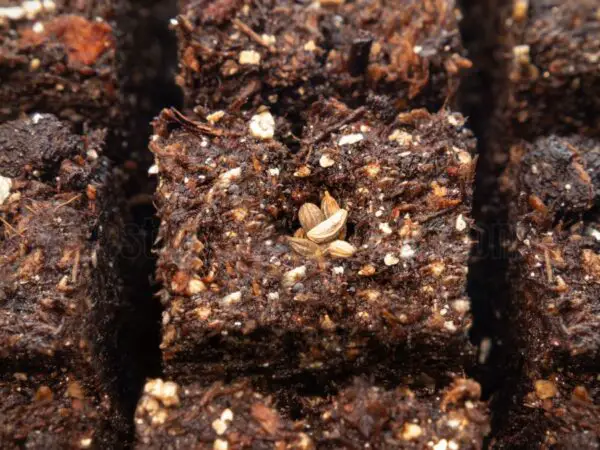Looking to add a flavorful twist of sweet onions and potato onions to your winter dishes? Plant winter onions! These cold-hardy veggies not only survive frosty temperatures but also thrive, providing a fresh supply of aromatic greens during the chilly months. Wondering how to get started? We've got you covered with expert tips on planting, caring for, and harvesting winter onions. Say goodbye to bland meals and hello to a bountiful harvest right from your backyard!
Key Takeaways
- Understand the needs of winter onions for successful growth during the colder months.
- Prepare your planting area by ensuring well-draining soil and adequate sunlight.
- Follow the planting process by planting onion sets or seeds at the right depth and spacing.
- Provide care and maintenance by watering consistently and fertilizing appropriately.
- Protect your crop from harsh winter conditions using mulch or row covers.
- Monitor the growth of your winter onions for any signs of pests, diseases, or nutrient deficiencies.
Understanding Winter Onions
Types Available
Winter onions come in various varieties, including Multiplier onions and Egyptian walking onions. These types are known for their resilience and ability to thrive in cold weather conditions. For example, the 'Bridger' winter onion is prized for its robust flavor, while 'Desert Sunrise' offers a unique color and taste profile.
e winter onions fall into the category of intermediate day-length varieties, while others belong to the long-day category. Understanding the distinction between these types is crucial for successful cultivation. Each type has specific requirements regarding daylight exposure for optimal growth.
Benefits of Cultivation
Cultivating winter onions offers several advantages. One key benefit is their long growing season, which allows for a continuous harvest over an extended period. Winter onions require minimal maintenance, making them an ideal choice for beginner gardeners or those with limited time for gardening tasks.
Preparing for Planting
Optimal Timing
Plant winter onions by considering local climate conditions. Start from seed or sets for successful growth. Avoid early planting to prevent bolting.
Choose a sunny location for your winter onions. Full sun exposure is crucial for optimal growth and breaking dormancy.
Planting Process
Soil Preparation
l preparation is crucial for successful winter onion growth. Improving soil quality ensures the onions receive essential nutrients. Well-draining soil is vital for preventing waterlogging, which can harm winter onions.
To prepare the soil, start by removing any weeds and debris. Amend the soil with organic matter like compost to enhance fertility. Testing the soil pH and adjusting it to around 6.0-7.0 is recommended for optimal onion growth.
- Bullet list
- Remove weeds and debris
- Amend soil with compost
- Test and adjust soil pH
Planting Techniques
When planting winter onions, you can choose between seeding or using onion sets. Seeding involves planting individual seeds while onion sets are small, partially grown onions. Ensure young plants root properly before the ground freezes to promote healthy growth.
For seeding, plant winter onion seeds about 1/4 inch deep in rows spaced 12 inches apart. Onion sets should be planted with the tips just above the soil surface. Maintain a spacing of 4-6 inches between each plant.
- Numbered list
- Seed planting: plant seeds 1/4 inch deep
- Onion sets: plant with tips above soil surface
- Maintain spacing of 4-6 inches between plants
Care and Maintenance
Watering Needs
Winter onions have specific watering requirements during the growing season. It is crucial to maintain adequate moisture levels for their development. Adjust the watering frequency based on the prevailing weather conditions to prevent overwatering or underwatering.
Understanding the importance of moisture in winter onion growth is essential. Insufficient watering can lead to stunted growth and poor quality bulbs. Conversely, overwatering can cause root rot and hinder the plant's ability to absorb nutrients properly.
- Adjust watering frequency based on weather
- Maintain adequate moisture levels for development
- Prevent overwatering or underwatering to ensure healthy growth
Fertilizing Tips
Effective fertilizing techniques play a vital role in promoting healthy growth for winter onions. Knowing when and how to apply fertilizer is key to maximizing yields. Nutrients such as nitrogen, phosphorus, and potassium are essential for enhancing winter onion production.
Applying fertilizer at the right time and in the correct amounts can significantly impact the quality of winter onions. Proper fertilization helps in developing strong roots, robust foliage, and large, flavorful bulbs.
- Apply fertilizer at the right time and in correct amounts
- Nitrogen, phosphorus, and potassium are essential nutrients
- Enhance winter onion yields by using proper fertilizing techniques
Protecting Your Crop
Shielding Techniques
Discover essential techniques to protect winter onions in colder climates. Insulate winter onions for survival during subzero temperatures. Mulching shields winter onions from extreme weather conditions.
Pest Management
Identify common pests affecting winter onions. Implement preventive measures to control pests and minimize damage. Monitoring and early intervention are significant in pest management.
Monitoring Growth
Key Milestones
Winter onions go through key growth stages from planting to harvest, each crucial for a successful yield. Seed germination marks the start, followed by leaf development and bulb formation. Monitoring these milestones is vital.
Understanding the importance of monitoring plant growth ensures timely interventions if needed. By tracking the size and color of leaves, you can gauge plant health accurately. Recognizing these milestones helps optimize winter onion yields.
To recognize growth milestones, observe leaf color changes, bulb swelling, and flowering. Adjust watering and fertilization based on these signs for healthy plant development. For example, yellowing leaves may indicate nutrient deficiencies, requiring immediate attention.
Troubleshooting Tips
During winter onion cultivation, issues like yellowing leaves or stunted growth may arise. To address yellowing leaves, check for nutrient deficiencies and adjust fertilizer accordingly. Proper watering and soil pH levels are essential for combating this issue.
Stunted growth can be due to factors like poor soil quality or insufficient sunlight. Implement effective troubleshooting techniques by testing soil pH levels and ensuring adequate sunlight exposure. These actions help resolve growth challenges and promote healthy winter onions.
Identifying and resolving issues promptly is crucial to maintain healthy winter onions throughout their growth cycle. Monitor plant size, leaf color, and overall appearance regularly to detect any abnormalities early on. Taking proactive measures ensures a bountiful harvest.
Harvesting Your Onions
When to Harvest
Knowing the right time to harvest winter onions is crucial for optimal flavor and storage. Assess the readiness by checking the tops for drying and bending. Look for ground onions with firm bulbs and papery skins.
Harvest onion bulbs when the tops have fallen over and started to dry out. For individual bulb onions, gently pull them out of the soil. The best time to harvest is when the tops are brown and crispy.
Harvesting Methods
Explore various methods for harvesting winter onions, such as pulling them by hand or using a fork to lift them carefully. Avoid bruising or cutting the bulbs during harvest to prevent spoilage.
To ensure long-term storage, cure harvested onions properly by drying them in a warm, well-ventilated area. Store them in a cool, dry place with good air circulation to maintain their quality.
Closing Thoughts
As you've learned about planting winter onions, remember the importance of proper preparation, planting techniques, and ongoing care to ensure a successful harvest. By following the steps outlined in this guide, you can nurture your crop through the colder months and enjoy the rewards of fresh, home-grown onions. Monitoring your onions' growth and protecting them from harsh weather conditions will be key in achieving a bountiful harvest. Remember, a little effort now will result in flavorful onions to enhance your culinary creations later.
Incorporate these tips into your winter gardening routine and watch your onion crop thrive. Share your newfound knowledge with fellow gardeners and continue to expand your skills in cultivating seasonal produce. Embrace the satisfaction of growing your own food and enjoy the benefits of a successful winter onion harvest.
Frequently Asked Questions
Can winter onions survive in cold climates?
Yes, winter onions are resilient and can thrive in cold climates due to their ability to withstand frost and low temperatures.
How often should I water winter onions?
Water winter onions regularly, ensuring the soil is consistently moist but not waterlogged. Adjust watering frequency based on weather conditions to prevent overwatering.
When is the best time to harvest winter onions?
The best time to harvest winter onions is when the tops have fallen over and started to dry out. This usually occurs in late spring or early summer.
Do winter onions require special care during the planting process?
Winter onions are relatively low maintenance but benefit from well-draining soil and occasional fertilization with a balanced fertilizer to support growth.
How can I protect my winter onion crop from pests?
To protect your winter onion crop from pests, consider using row covers, organic insecticides, or companion planting with pest-repelling herbs like mint or chives. Regularly inspect plants for signs of infestation.
Image Source: Paid image from CANVA




